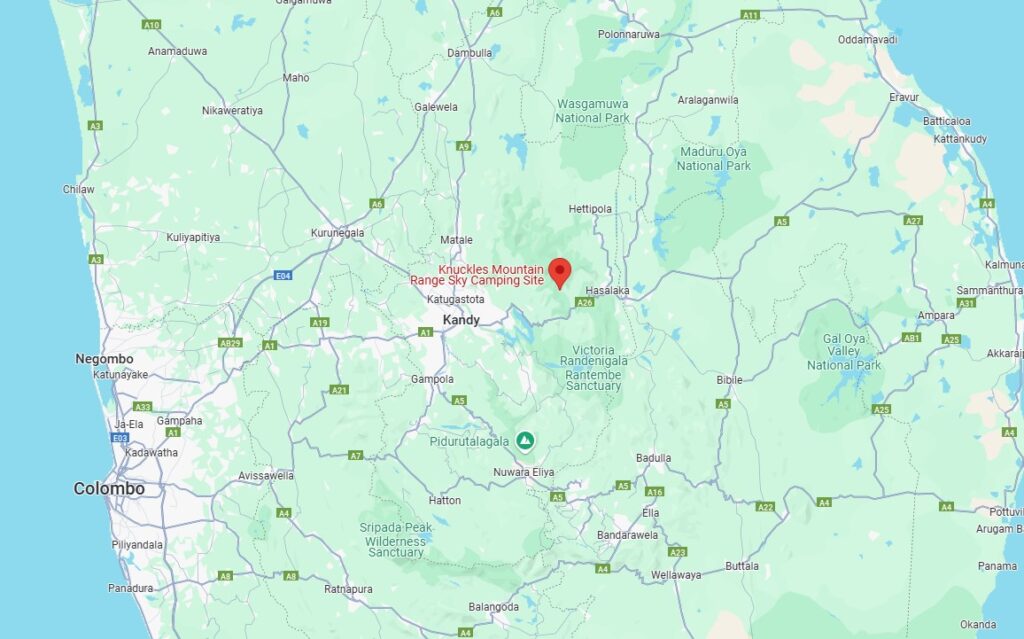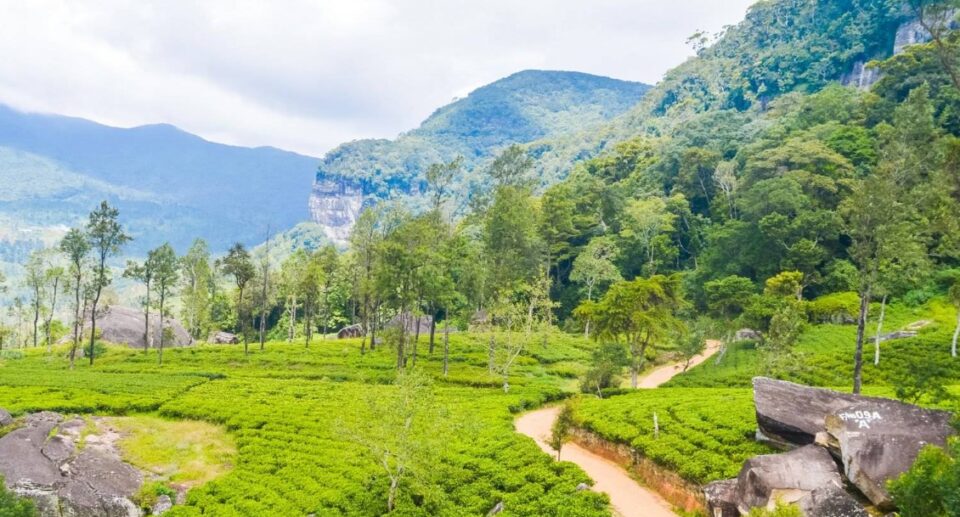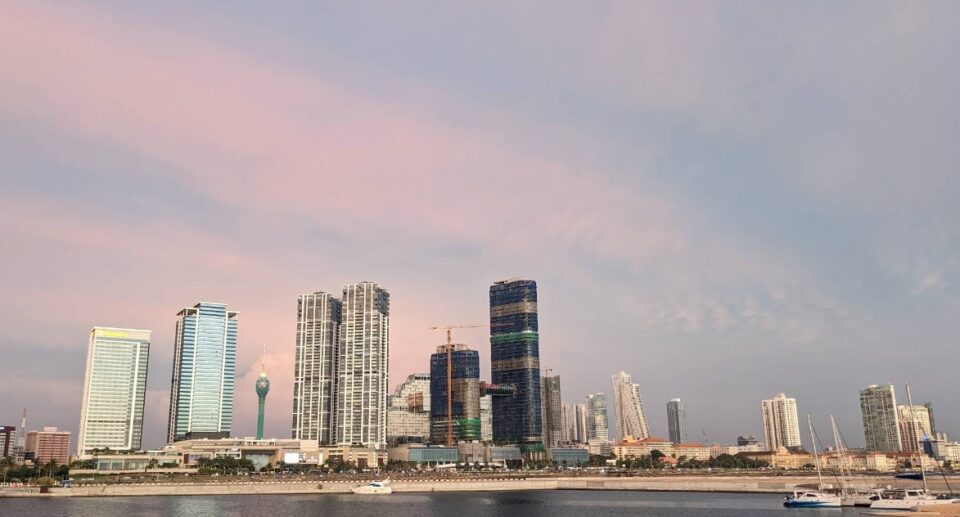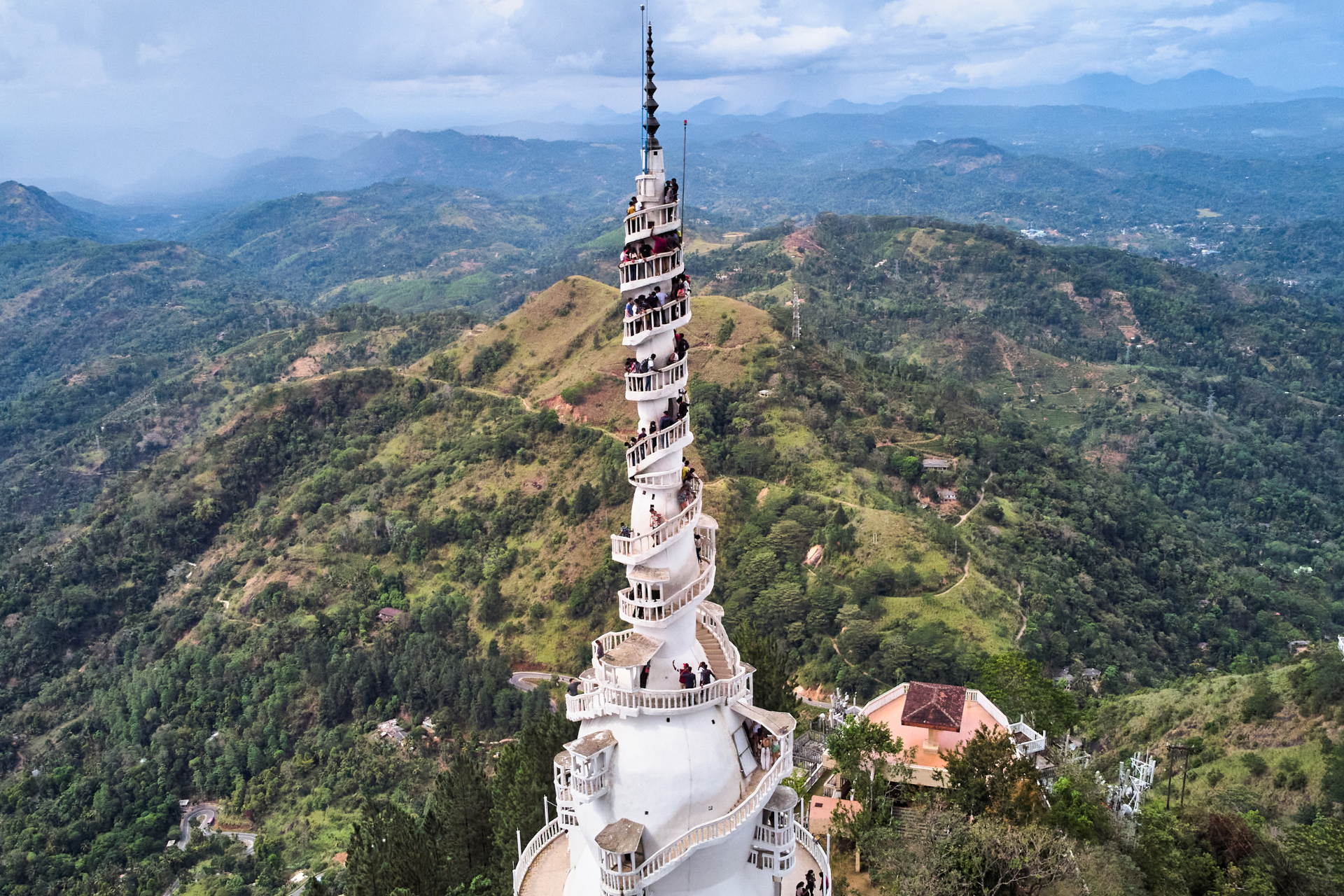Knuckles Mountain Range: A Natural Wonderland of Sri Lanka
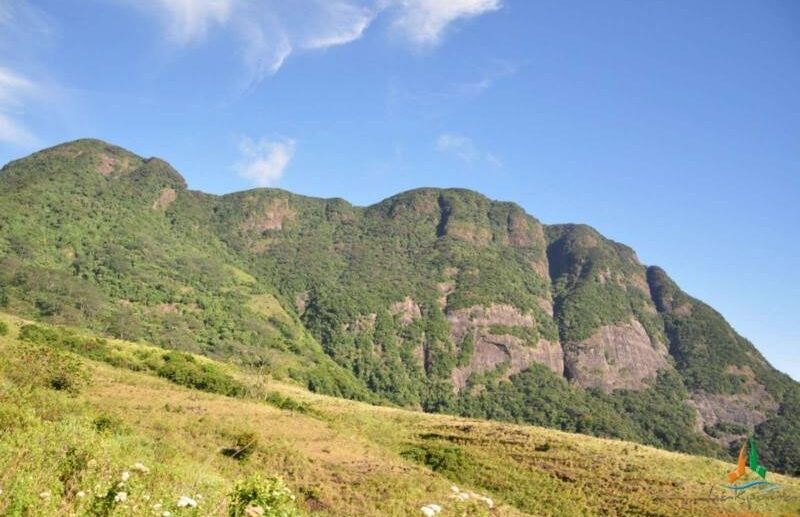
The Knuckles Mountain Range, a UNESCO Biosphere Reserve, is Sri Lanka’s most unique and ecologically rich natural treasure. Located in the country’s central area, this mountain range covers a space of approximately 1,500 square kilometers and offers an awe-inspiring combination of landscapes, biodiversity, and cultural heritage. With its ridges of rough cliffs, rainforests thick and dense, waterfalls, and heavy wildlife, the Knuckles Range has gained a name as a world-class trekking, eco-tourism, and nature conservation destination.
The Knuckles Range is so named from its knuckles-like configuration of its summits, resembling the knuckles of a clenched fist. These mountain peaks touch a height of over 2,000 meters, and the range is amongst the highest ranges in Sri Lanka’s central highlands. This area is highly valuable to the natural environment of Sri Lanka and is a cause of pride to Sri Lanka’s eco-tourism sector as it invites visitors from all around the world to experience its charm and virgin landforms.
Geographical Features and Location
The Knuckles Mountain Range is located in the central and north-central part of Sri Lanka. It lies about 30 kilometers to the north of the city of Kandy and 80 kilometers to the east of Colombo, the capital of Sri Lanka. The range is bordered by several districts such as Kandy, Matale, and Kurunegala, and it lies between the Mahaweli River to the east and the Victoria Reservoir to the west.
The range’s highest peak is Gommolliya (2,134 m), while others include Knuckles Peak (1,890 m), Kuru Wita (1,860 m), and Kirigalpoththa (1,828 m). These mountainous peaks are ringed by forests, grasslands, waterfalls, and streams that create a diversified landscape rich in plant and animal diversity.
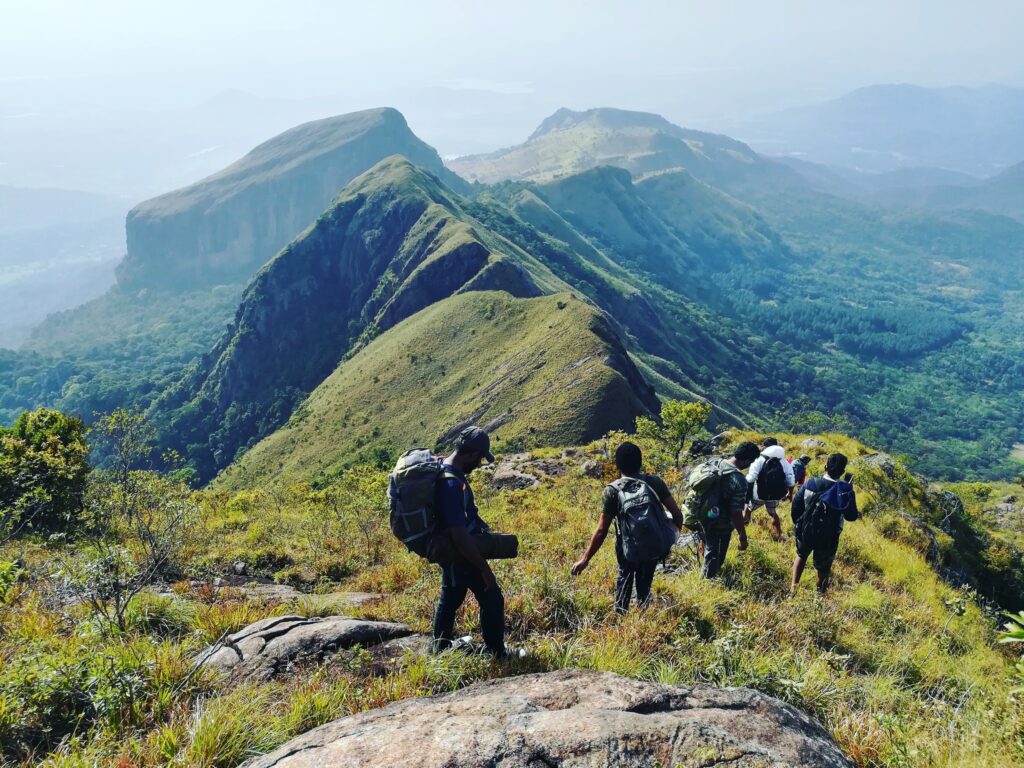
Biodiversity and Ecosystems
The amazing richness of the fauna in the Knuckles Mountain Range is likely one of its standout features. It has a very diverse array of ecosystems including tropical rainforests, montane forests, cloud forests, grasslands, and swampy wetlands, rendering it an ecological paradise both for plants and animals.
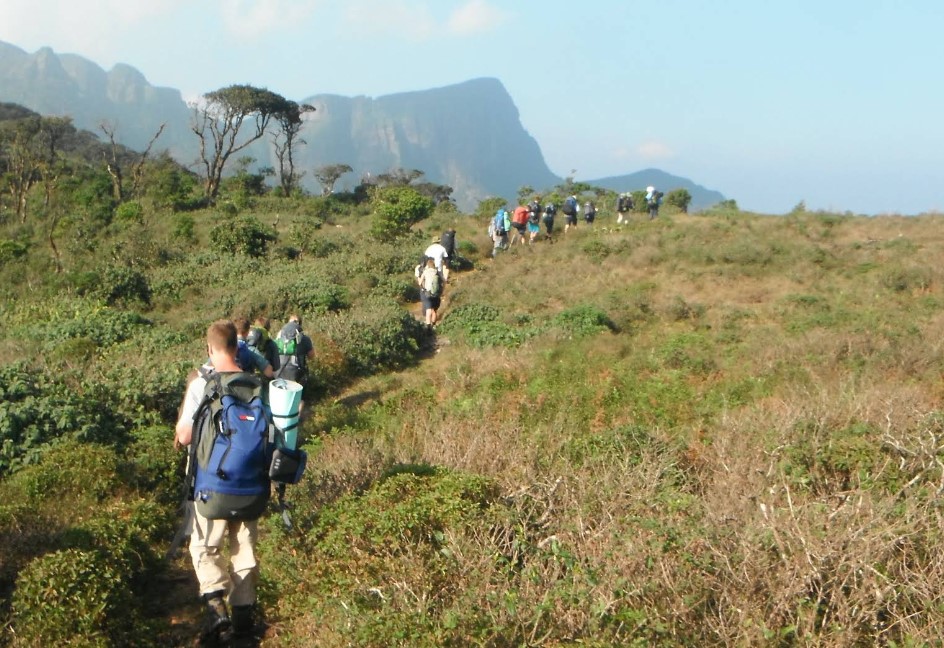
Flora
The vegetation of the Knuckles Mountain Range is very high in diversity due to the different altitudes and micro-climates found in the area. The lower mountains are covered by tropical rainforests, which transition into montane forests at higher altitudes. Higher in the mountains, cloud forests with moss-covered trees and dense leaf cover begin to dominate the landscape. Upper regions of the range comprise grasslands with endemic flora and wild orchids. The main plant species for the Knuckles Range include: Sri Lankan Oak (Quercus lanuginosa): Present within the range’s montane forest and a keystone species that maintains the ecosystem of the forest.
Ceylon Cypress (Cupressus torulosa): Evergreen coniferous tree which is found on higher elevations. Variety of orchid species: Like Dendrobium, Paphiopedilum, and Cymbidium, a few of which occur exclusively in Sri Lanka.
Fauna
The varied habitats of Knuckles Range support a wide variety of wildlife, some of which are exclusive to Sri Lanka and occur only in this part of the island. The range supports many varieties of mammals, birds, reptiles, amphibians, and insects. A few of the notable ones are: Sri Lankan Leopard (Panthera pardus kotiya): An endemic subspecies of the leopard found in Sri Lanka and frequently spotted in the grasslands and forests of the Knuckles Range.
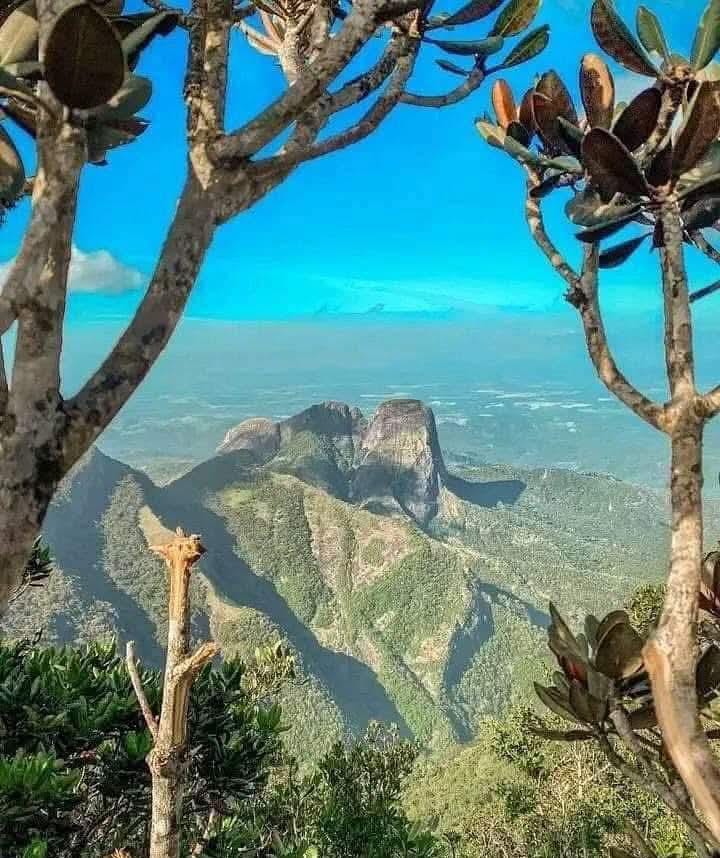
Purple-faced Langur (Semnopithecus vetulus): A Sri Lankan native monkey species, recognized by its purple face and long tail. Sri Lankan Sloth Bear (Melursus ursinus): A rare and shy species in the forests of the range. Sri Lankan Elephant (Elephas maximus maximus): The largest land mammal in the country and commonly seen at the lower points of the range and nearby jungles.
Birds: Ornithologists also have a heyday in the Knuckles range, courtesy of birds such as the Sri Lanka Bush Warbler, Sri Lanka Spurfowl, Sri Lanka Wood Pigeon, and eagle and hawk species.
The Knuckles Range also harbors a number of species that are endemic to this location and found nowhere else in the world, and it’s thus a very significant location for conservation. Due to its importance in terms of biodiversity, the region has been designated as a Biosphere Reserve by UNESCO.
Climate and Weather

The climate of the Knuckles Mountain Range is a cool, temperate climate, and the temperature generally ranges from 10°C to 28°C (50°F to 82°F), depending on altitude. The mountain climate is unpredictable, with frequent changes in temperature, mist, and rain. The area receives two monsoon seasons: the Southwest Monsoon (May to September) and the Northeast Monsoon (December to February), which results in significant rainfall.
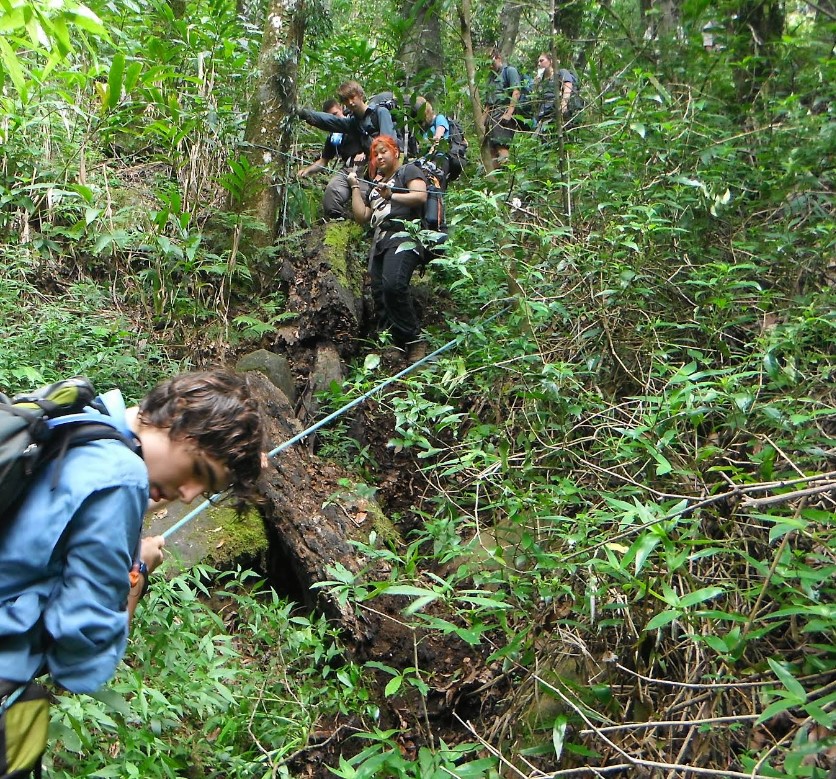
The cooler temperatures and periodic rainfalls account for the region’s high biodiversity and maintain the thick foliage that dominates the landscape. Mist and fog frequently blanket the upper reaches of the mountains, again contributing to the enchantment of the location.
Trekking and Outdoor Activities
Knuckles Mountain Range is full of adventure activities for everyone who enjoys the outdoors, such as nature enthusiasts, trekkers, and ecologists. Trekkking is one of the popular activities here, and different treks meet in scenic views, waterfalls, and diverse ecosystems. There are numerous other treks offered in Knuckles Forest Reserve that range from an easy day-hike to more difficult multi-day excursions. The most popular among the treks are
The Knuckles Peak Trek: A challenging trek that takes you to the top of Knuckles Peak, and where trekkers are treated to stunning scenery of the surrounding mountains and valleys.
Rambukana River and Falls Trek: A relatively easy trek that takes you to the serene Rambukana Waterfall, through forests.
Riverston Trek: A popular trek that takes you across dense forest cover, by the side of waterfalls, and treats you to stunning scenery of the surrounding mountains.
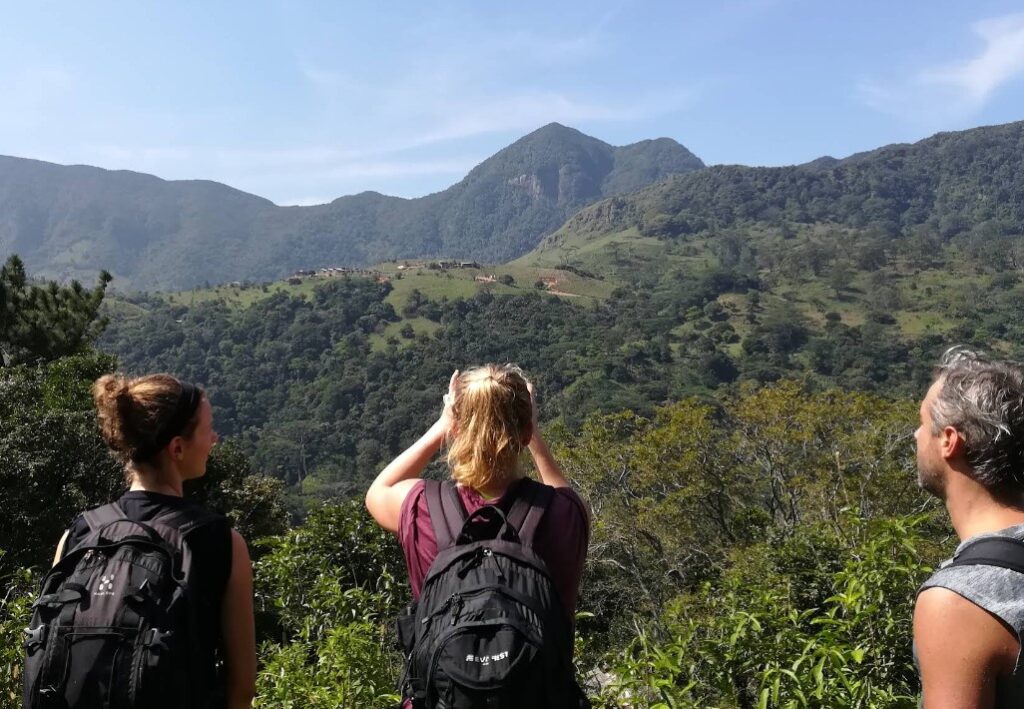
For individuals seeking something that requires less physical activity, the region is also suitable for wildlife photography, nature walks, and birdwatching. One can learn about the diversity of ecosystems in the region, observe endemic species, and experience the serenity of the Knuckles Range.
Activities
Visitors can participate in a wealth of activities at Knuckles Mountain Range. Travellers with a love for the outdoors and a great sense of adventure will enjoy rock climbing, moutain biking and caving. If the above activites sound a little too taxing, explore the grounds of Knuckles by joining in a nature trek or walking safari. This is an acitivity that is not to be missed, as trekkers will be well rewarded with breathtaking views.
For a more immersive experience, stay in an overnight camp set up within the grounds. Overnight camps usually last a duration of between two to five days, and may be organised to cater to small groups (2 pax), as well as larger ones (20 pax).
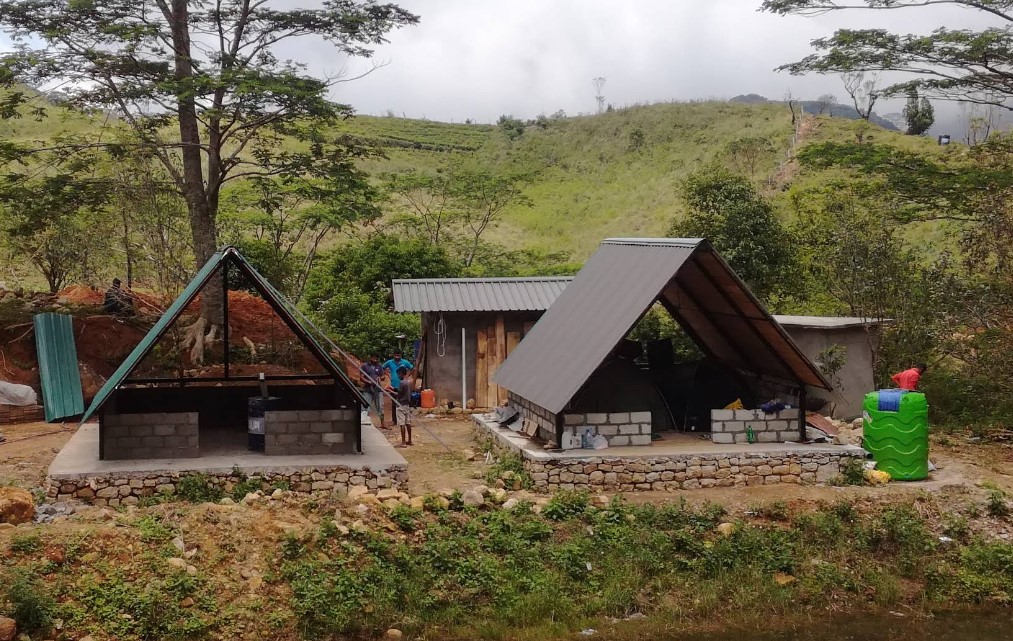
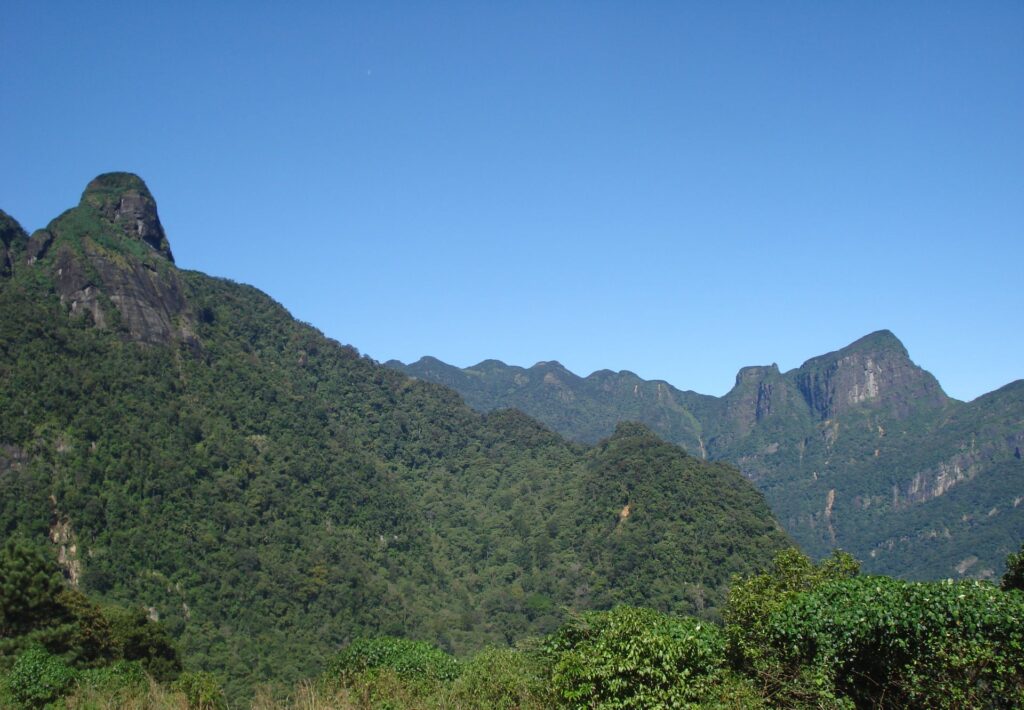
How to get to the Knuckles Mountain Range
Getting into Knuckles is mainly dependent on where your lodging is. The most popular entrance to the reserve is via Matale. There isn’t any public transportation into Knuckles from this point onwards.
The other entrance is via Hunnasgiriya, which is closer to Kandy. Many buses travel to Hunnasgiriya but from there onwards, private transportation is required.
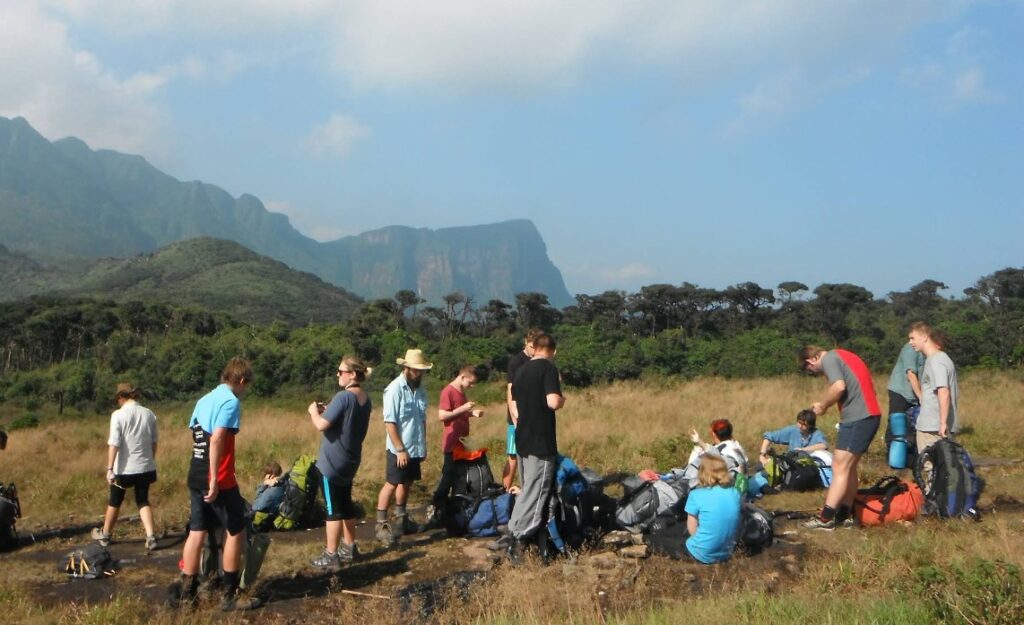
The roads are paved and are suitable for cars and other private vehicles. However, the winding roads can be quite narrow in some spots with steep drops, so it pays to be careful while driving here.
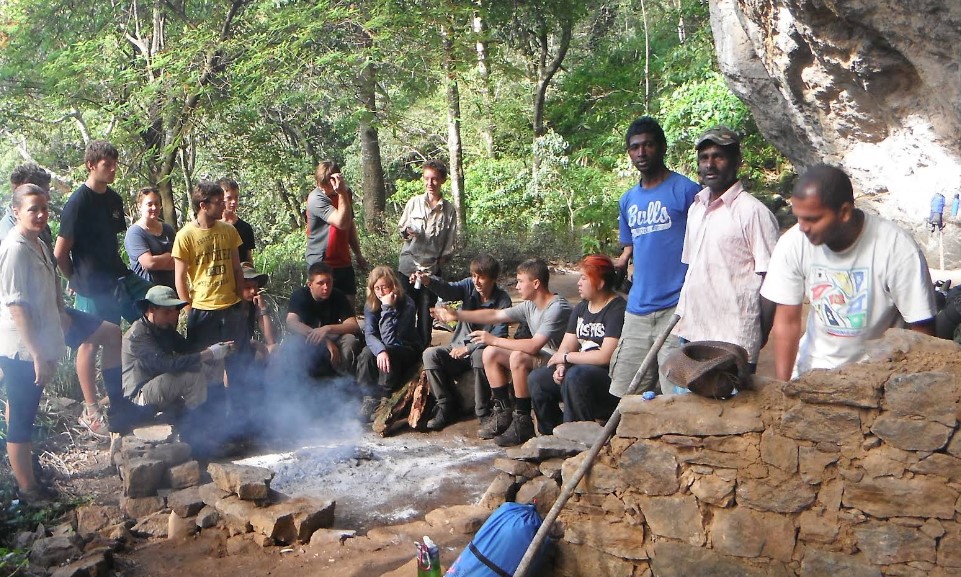
Best times to visit: March – April and June – August
Costs: A one-day hike at Knuckles is likely to cost about 5000 – 6000 LKR per person. This amount covers park permits, guide fees, jeep rental, food and water. A two day camp may cost about USD 500 per person; this amount may vary significantly, depending on the tour provider that you select.
Transportation to Knuckles Mountain Range:
There are eight different routes leading to Knuckles Mountain Range. Most travellers arrive at the site from Colombo or Kandy. The journey from Colombo will take about a five to six hours drive, depending on the route that you take, while a drive from Kandy lasts a duration of about three hours. Vistors may arrive by bus, train, taxi, mini-vans, inter-city buses and air taxis.
Solo Travel : Females are not advised to head here as a solo traveller. The grounds of the Knuckles Mountain Range are rather isolated, so it will be safer to travel as part of a group.
